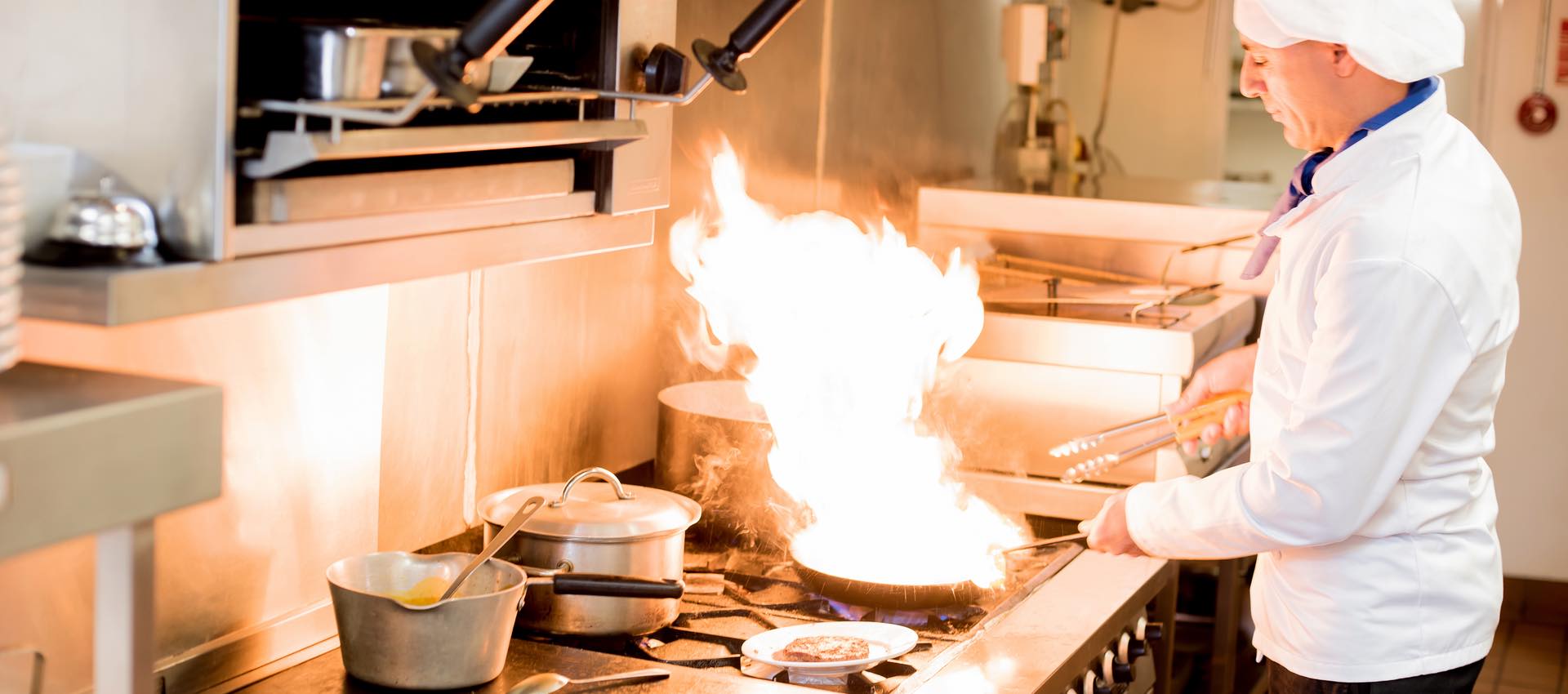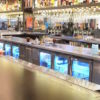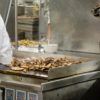Some restaurant kitchen appliances use solid fuel such as mesquite, charcoal and hardwood to cook and heat food. It adds another dimension to restaurant offerings – from pizzas to smoked meat – and also for a wider array of flavor and cooking capabilities. Although solid fuels can be highly combustible and increase the potential for safety risks, restaurant owners can safely use most solid fuel appliances with the right amount of understanding and preparation.
Fire Risks
While cooking of any type has inherent risks, solid fuel appliances dial up the threat with the addition of highly combustible materials and large amounts of heat, grease and flammable debris, especially when cooking meat. If ductwork isn’t properly installed or maintained, grease accumulation will make for a dangerous environment. Additionally, many restaurants don’t fully extinguish the fires in solid fuel appliances, even through the night after the restaurant is closed. Leaving a fire in the appliance while unattended overnight dramatically increases the risk for businesses.
Health Risks
In addition to the threat of fire, solid fuel appliances create the potential for increased carbon monoxide levels within the restaurant. To reduce this risk, restaurants typically bring in make-up or replacement air into the building’s ventilation system from the outside. If ventilation systems are not properly installed and balanced with the existing ventilation system, employees and customers could face serious health dangers.
How Can Restaurants Manage the Dangers of Solid Fuel?
To keep your employees, customers and business safe, the biggest areas to address include ventilation and cleaning, proper fire protection systems, safe storage and ignition practices, and adequate staff training.
- Ventilation guidelines for solid fuel cooking are addressed by NFPA 96-14. While NFPA is a consensus standard, and not a “force of law,” it forms the basis for many local building codes, life safety codes and insurance company underwriting guidelines. According to the guidelines, solid fuel cooking operations should use a spark arrestor hood filter, which is designed to stop embers, flames and sparks from infiltrating the hood exhaust ductwork where they could ignite. Additionally, exhaust for solid fuel should be separate from all other appliances, the combustion chamber should be inspected weekly for residue, and the exhaust system for solid fuel cooking should be inspected and cleaned monthly.
- Solid fuel cooking appliances should be protected by a fire extinguishing system or water hose. Keep a Class K or 2-A rated water spray fire extinguisher within 20 feet of solid fuel cooking appliances. Additionally, stored fuel should have a dedicated sprinkler system.
- Never store fuel above any heat-producing device or closer than three feet to a solid fuel appliance constructed of metal, or to any appliance that could ignite the fuel. Stored fuel should be protected by a sprinkler system or a water pipe system with a hose capable of reaching all areas. Additionally, do not use flammable liquids to ignite any solid fuel cooking appliance. Ignite fuel with matches, an approved built-in gas flame or other approved ignition source.
- Safe practices are literally in employees’ hands, and proper training is key to fire prevention. Employees should be trained on proper handling and use of fire extinguishing systems, as well as on proper removal of ashes from char-broilers, conveyor ovens, wood-fired ovens and barbecue grills that use wood or charcoal.
By understanding the unique risks associated with solid fuel appliances, restaurant owners can better mitigate these hazards. While difficult to completely eliminate health and fire threats, proper preparation will go a long way toward minimizing these risks.




